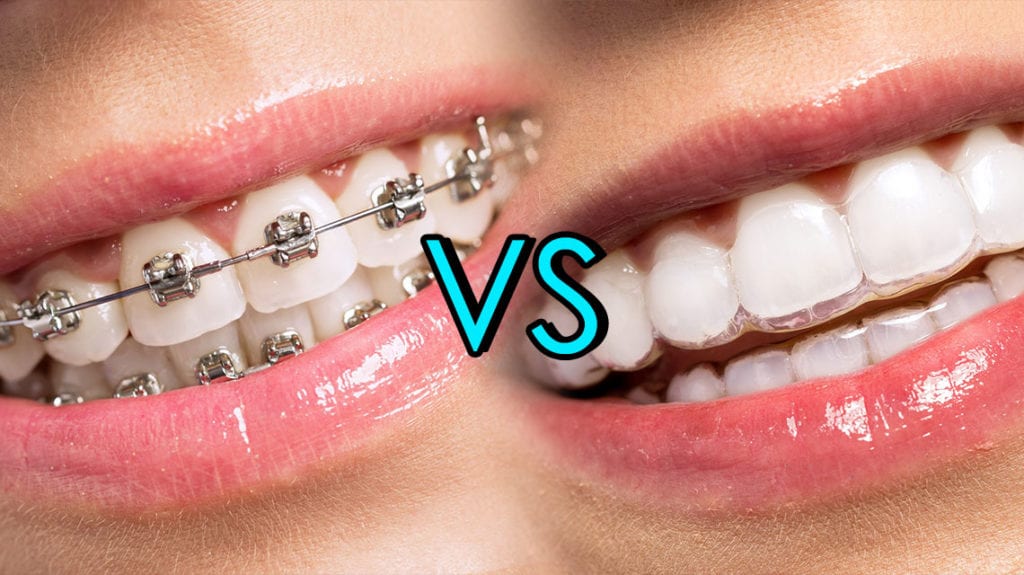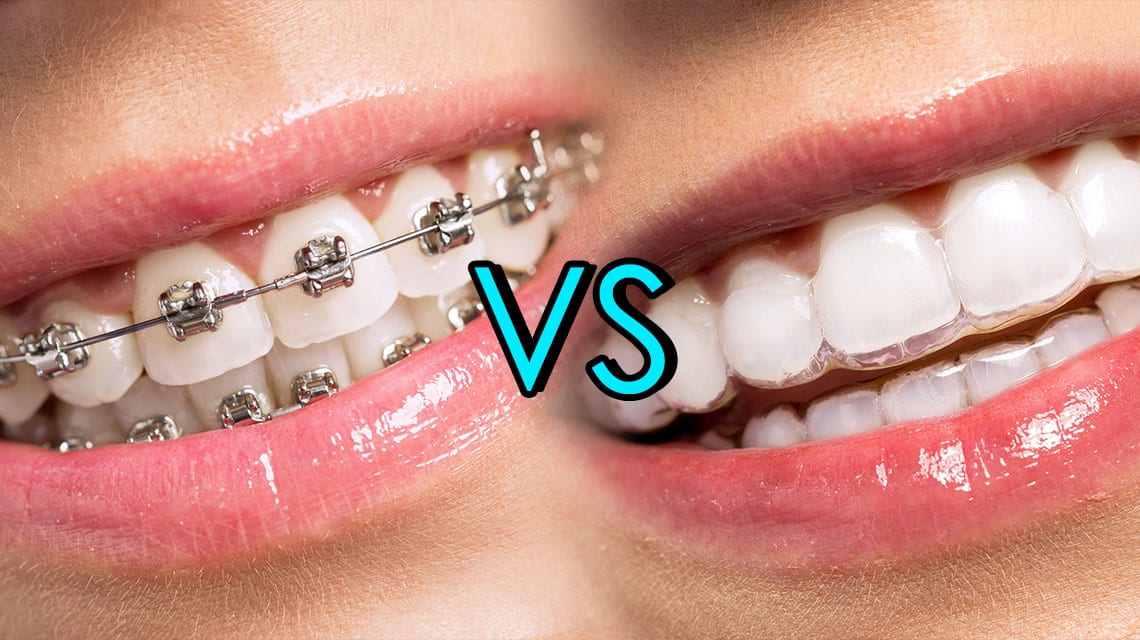
The list for the pros and cons of braces is tried-and-true, and we have all heard the horror stories of embarrassing braces moments, followed by the glowing transformation when they are finally removed.
But braces are no longer the only option. Newer methods of straightening teeth such as Invisalign have helped millions of people get the smile they want without having a mouth full of metal. But could the traditional route of braces be better than Invisalign?
If you’re unsure of which oral alignment option is best for you, check out our Invisalign pros and cons list for everything you need to know about the braces alternative.
Invisalign Pros and Cons
The pros and cons of Invisalign vary by person, but there are some common factors that could affect your decision to choose Invisalign over traditional braces.
The Pros
Invisalign offers many modern solutions to age-old dental alignment problems. More than 6 million people have used Invisalign to align their teeth with positive results. Here are just a few of the benefits offered by Invisalign vs. braces.
Removable
Unlike braces, Invisalign aligners can be removed and easily put back on after eating or cleaning your teeth. Braces often make people feel like their mouth is in a cage for the whole time they have them. With Invisalign, you are able to do brush and floss without manoeuvring around a bunch of metal in your mouth.
Comfortable Design
Invisalign aligners offer a smooth, flexible design made for your mouth. After all, the mouth is one of the most sensitive areas of the body – why should you suffer through metal wires poking and cutting you all the time?
Braces can also cause jaw pain and headaches since braces cause tension in the mouth and face. These issues can be amplified any time you go in for braces tightening.
Invisible
As the name suggests, Invisalign is practically invisible. The clear design helps you get straighter teeth without the embarrassment and noticeability that comes with braces.
Safer than Braces
Invisalign prides itself on being BPA-free, meaning the plastic used in their aligners are not harmful. Traditional braces have been shown to release toxins over time from the metal, especially if they contain nickel.
The Cons
Invisalign cons have more to do with individual preferences, not the aligners themselves. Here are a few of the most common disadvantages of using Invisalign.
Long-Term Commitment
Users must keep the aligners on for 22 hours a day. While users like the fact that they are removable, that freedom can be an issue for some.
One of the main reasons Invisalign does not provide more aligned teeth is because users do not keep them on long enough. If you like to play by your own rules, Invisalign may not be the right thing for you.
Cannot Be Used During Meals
A big inconvenience of using Invisalign is that you cannot eat or drink anything (other than water) with them on. If you are in public, at work, or at school, mealtime means you must take your aligners off and put them away before anything else.
Require Constant Upkeep
Keeping up with your aligners isn’t all you must do. You must brush and floss thoroughly after eating or drinking before you put your aligners back on.
Some users have reported this helps with their oral health and even helps with getting whiter teeth. But if you’re always on the move, this may not be a feasible routine. Check these Invisible braces if you want to learn more.
Making the Right Choice
Unlike Invisalign, braces pros and cons are more about comfort, safety, and duration. But Invisalign eliminates nearly all of the common things people dislike about braces. If you can keep up with the routine, you might consider Invisalign.
Now that you have a list of Invisalign pros and cons, contact your dentist today and look forward to a better smile.
